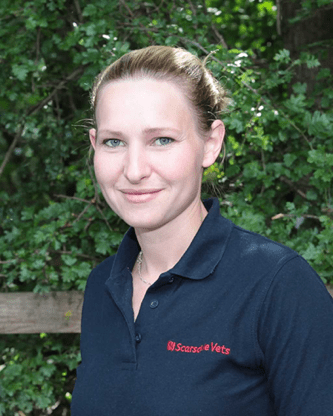Kate Southorn from Scarsdale Veterinary Group, a member of XL Vets Equine, discusses the challenges of deciding when a horse needs an emergency visit, after a busy bank holiday weekend on call.
On call can be particularly busy at this time of year with foalings, horses competing, the lush spring grass and rising temperatures.
Our equine patients seem to come up with a myriad of different reasons to see their vet on a bank holiday weekend.
Emergency visits can be expensive and vets may be stretched, so trying to decide if an emergency visit is needed is important and challenging.
I’m sometimes presented with a list of abnormal parameters such as a skin tent (pinching of the skin to create a wrinkle, which may indicate dehydration) and capillary refill time (the time it takes for the gum to return to pink when it blanches under finger pressure) by worried owners or yard staff out of hours.
These tests are used by vets, but they’re only useful within the findings of a full history and clinical examination, as there are many factors that can produce falsely abnormal results.
For example, a skin tent is commonly prolonged in aged equines because their skin is less elastic than younger horses and skin in different parts of the horse has different elasticity and therefore different tenting time.
Likewise, heart rate may indicate pain or circulatory problems, but can also be raised in hot, stressed horses as well as after exercise, the key is in the interpretation.
An owner asked me why we don’t produce guidelines for yard staff as to which parameters are most useful in the decision-making process, and the answer is that every horse is different and it could be dangerous to generalise.
If you’re concerned about your horse’s health or wellbeing, I would always recommend you speak to your vet and get specific advice.
That said I do have a number of factors which I think are more helpful in assessing a horse that is “not right”, so these are my suggestions:
Demeanour and appetite
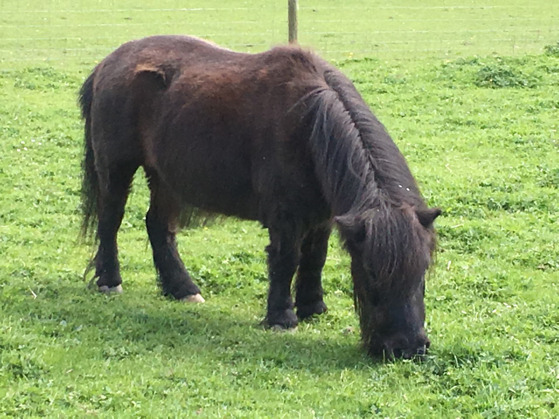 Changes to demeanour and appetite are often the first indication of equine illness.
Changes to demeanour and appetite are often the first indication of equine illness.
Demeanour describes your horse’s character and behaviour; appetite, is both your horse’s interest in and consumption of food, including the quantity and type.
Changes such as reduced interest in food (or specific foods) or reduced intake of food would cause me concern, particularly if the horse is also quieter than normal, depressed or showing other changes in their personality.
Inappetence would indicate the need for immediate veterinary attention.
Alternatively a horse that comes in hot and sweaty from the paddock on a hot day but once washed off, is perky and eating hay, was probably just overheated and could be monitored.
If you’re unsure about your horse, I’d try tempting them with a treat they usually like, they should be interested and keen and then eat it easily.
I know it sounds obvious, but it can give a lot of information in a horse that is “not quite right”.
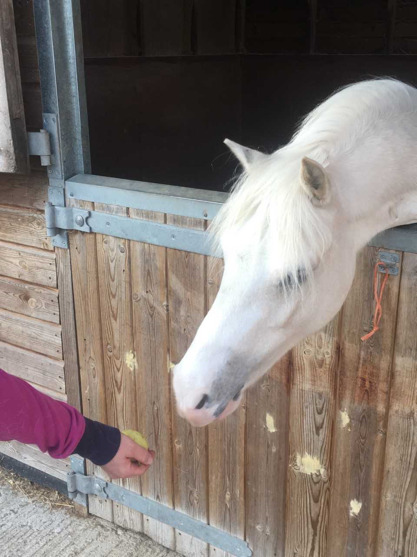 Drinking and pooping
Drinking and pooping
Water intake is very difficult to assess in horses particularly if they’re out at grass even for part of the day.
My own ponies’ water intake is generally very low in the stable, yet they are healthy and well and they seem to consume most of their fluids from grazing and drinking troughs in the paddocks.
As a rule of thumb, if horses have free access to water inside and outside the stable, access to grazing and are bright with good appetite, they’ll be taking in sufficient water.
If they’re stable 24/7 with only dry-forage feeding, constipation and impactions can be a problem and salt licks, regular exercise and other strategies for increasing fluid intake should be implemented.
An inappetent horse or one that’s depressed with reduced appetite, may well not be drinking and require veterinary examination.
Monitoring for changes in faecal output, quantity and quality, is also a good way of spotting early illness.
If faecal output is reduced or the consistency becomes harder and drier, the amount of dry forage should be reduced and efforts made to encourage hydration and increase exercise if possible to encourage gut motility.
Veterinary advice should be sought but a visit may not be necessary. If the horse stops eating or has tummy pain, they need to see the vet.
Mobility
Obviously, if a horse is markedly distressed or unable to weight bear on one limb then veterinary advice should be sort immediately.
When a horse or pony appears unwell, it’s worth checking if the horse is reluctant to move or if they can move freely, weight bearing on all limbs when asked to walk.
Limb pain, such as laminitis, lymphangitis or a foot abscess may present as blowing (increased respiratory rate and effort), high heart rate or even colic-like signs. If they’re reluctant to move, try to lift each foot as if picking them out to see if they can weight bear on the other three.
If they cannot lift their feet, seek veterinary advice.
Lying down
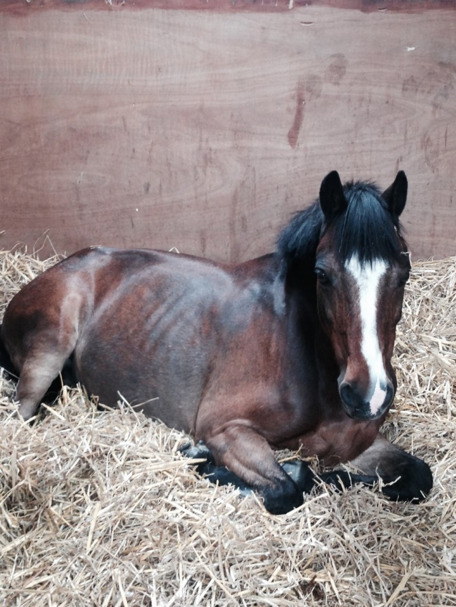 When a horse is down, it’s sometimes unclear if he’s resting or ill.
When a horse is down, it’s sometimes unclear if he’s resting or ill.
Generally, I’d expect a well horse to stand if encouraged to do so (without too much difficulty) and, once up, to remain standing and move around looking for food.
A sick or colicky horse is often reluctant to stand or will often rapidly lie down again.
It’s worth bearing in mind that hungry horses sometimes paw the ground and itchy horses may roll repeatedly, but both will eat if offered food where a colicky horse will usually decline treats.
Temperature
Digital thermometers are easy to use. They should be placed into a horse’s anus, so the screen can still be seen and held gently aimed at the side of the rectum (to avoid being stuck in a ball of faeces).
If a horse is too sharp to have its temperature taken, it will most likely have a normal temperature.
Horses should be held in a head collar by a competent assistant. If you feel unsafe to take your horse’s temperature, don’t do it.
Most horses will tolerate the procedure and a temperature around 37.5C is normal, above 38.30C would be raised.
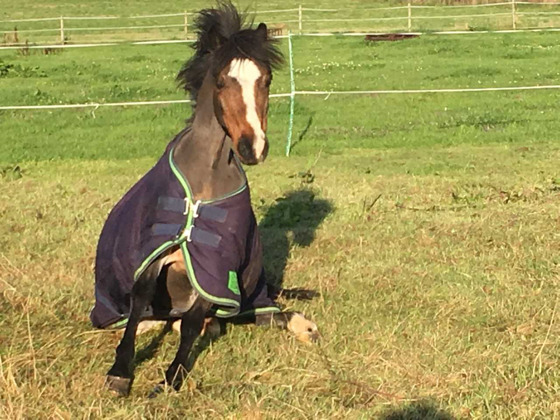 Exercise will elevate the horse’s temperature temporarily, as can stress or pain.
Exercise will elevate the horse’s temperature temporarily, as can stress or pain.
The temperature reading is therefore most useful in a horse that is dull and quiet and hasn’t recently been running around.

